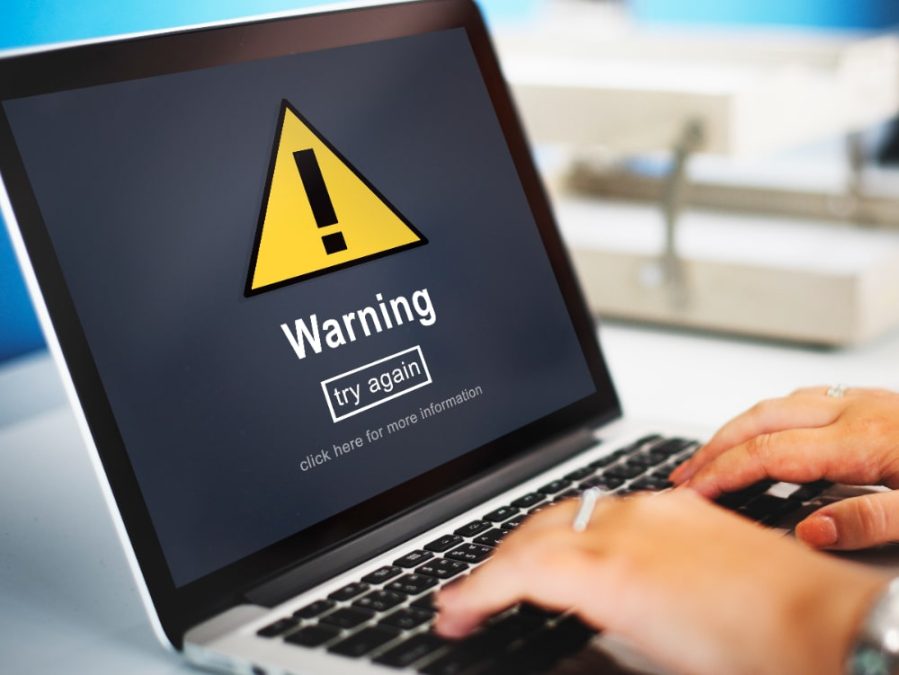Encountering a fatal error in WordPress can be frustrating, especially when it prevents you from accessing the admin dashboard. This error typically occurs due to issues with plugins, themes, or WordPress core files. However, all is not lost! There are several ways you can access your WordPress admin and resolve the issue. In this guide, “How to Access WordPress Admin with Fatal Error Warning”, we’ll walk you through the steps to troubleshoot and access the WordPress admin panel when facing a fatal error. Whether you’re dealing with a theme conflict, a plugin issue, or other common causes, these solutions will help you get back on track.

What is a Fatal Error in WordPress?
A fatal error in WordPress usually indicates a serious issue that prevents your website from functioning properly. It may appear as a message like:
arduino
“Fatal error: Maximum execution time of 30 seconds exceeded in /path/to/your/website/wp-content/plugins/…”
This error could result from problems such as:
Plugin Conflicts: One or more plugins might not be compatible with each other or with your version of WordPress.
Theme Issues: A broken or incompatible theme could cause errors.
Corrupted Files: Missing or corrupted WordPress core files might trigger fatal errors.
Server Limitations: Sometimes, the server settings may not meet the requirements of your site, causing issues like memory limits being exceeded.
Whatever the cause, the good news is that you can usually access WordPress and fix the issue by following some specific steps.
Step 1: Access WordPress Admin in Safe Mode (Disable Plugins)
When dealing with a fatal error, the first thing to check is whether a plugin is causing the issue. Often, a single plugin can break the site and prevent access to the WordPress admin.
Method 1: Disable Plugins via FTP
Connect to your site via FTP:
- Use an FTP client like FileZilla or your hosting provider’s file manager to access your website’s root directory.
Navigate to the wp-content folder:
- Inside the
wp-contentfolder, find the plugins folder.
Rename the plugins folder:
- Rename the folder from plugins to something like plugins_old. This disables all plugins at once.
Check your website:
- Now, visit your website’s admin page. If the fatal error was caused by a plugin, renaming the folder should allow you to access the WordPress dashboard.
Reactivate Plugins One by One:
- To identify the problematic plugin, rename the folder back to plugins, then log in to your WordPress dashboard.
- Reactivate your plugins one by one and refresh the site after each activation. Once the error appears again, the last activated plugin is likely the culprit.
Method 2: Disable Plugins via Hosting File Manager
Login to your hosting account:
- Access your hosting account’s cPanel or dashboard.
Use File Manager:
- Open the File Manager tool and navigate to the wp-content folder.
Disable plugins:
- Follow the same steps as FTP to rename the plugins folder to something like plugins_disabled.
- Refresh your website to check if the issue is resolved.
Re-enable Plugins:
- Once you can access the WordPress dashboard, rename the folder back to plugins and reactivate each plugin one by one.
Also Read: How to Change Background Color of My Site Header in WordPress
Step 2: Switch to a Default Theme
If disabling plugins didn’t resolve the issue, the next step is to determine if a theme conflict is causing the fatal error. Themes often use custom code that may conflict with your WordPress setup or plugins.
Method 1: Change Your Theme via FTP
Access your website via FTP or File Manager:
- As you did with plugins, connect to your site’s root directory.
Navigate to wp-content/themes:
- Inside the themes folder, you’ll find your active theme. Rename the folder of your active theme (for example,
yourtheme_nametoyourtheme_name_old).
Activate a default theme:
- WordPress will automatically revert to a default theme like Twenty Twenty-Three if it can’t find your active theme.
Check your site:
- Try to log in again to see if the error persists. If you gain access to your dashboard, then the issue was with the theme.
Reinstall Your Theme:
- If the theme is essential, reinstall it or update it to a compatible version. Alternatively, switch to a different theme.
Step 3: Increase PHP Limits
Sometimes, a fatal error occurs due to resource limitations like memory or execution time. Increasing the PHP memory limit can help resolve the issue.
Method 1: Edit wp-config.php
Access wp-config.php:
- Use FTP or File Manager to navigate to your site’s root directory and open the wp-config.php file.
Add Memory Limit Code:
- Add the following line of code right before
/* That's all, stop editing! Happy blogging. */:
Save and Check:
- Save the file and check your website. This will increase the PHP memory limit and may resolve the fatal error.
Step 4: Enable Debugging Mode
Enabling WordPress debug mode can help you pinpoint the exact cause of the fatal error by showing detailed error messages.
Method 1: Enable Debug Mode via wp-config.php
Edit wp-config.php:
- Open the wp-config.php file as you did earlier.
Enable Debugging:
- Add the following lines just above
/* That's all, stop editing! Happy blogging. */:
Check the debug log:
- After enabling debugging, errors will be logged in the
wp-content/debug.logfile. - Open the debug.log file to check the error details and find out what’s causing the fatal error.
Step 5: Check for Corrupted WordPress Files
If all else fails, your WordPress core files might be corrupted. Reinstalling or repairing WordPress can help fix any issues caused by corrupted files.
Method 1: Reinstall WordPress
Go to Dashboard > Updates:
- In your WordPress dashboard, go to Dashboard > Updates.
Reinstall WordPress:
- Click the Reinstall Now button. This will replace the core WordPress files without affecting your themes, plugins, or content.
Step 6: Contact Hosting Support
If you’ve tried all the above methods and the fatal error persists, the issue may lie with your server environment. It’s best to contact your hosting provider’s support team for assistance. They can check server logs and offer additional troubleshooting steps.
Wrapping It Up
Fatal errors in WordPress can be intimidating, but they’re often solvable with a few troubleshooting steps. By disabling plugins and themes, increasing memory limits, enabling debugging, and reinstalling WordPress, you can usually resolve the issue and regain access to your WordPress admin.
Always remember to back up your site before making changes to ensure you can restore it if necessary. If you’re still stuck, don’t hesitate to reach out to your hosting provider or a WordPress expert for additional help.
Interesting Reads
10 Best Free SEO Plugins for WordPress




